Growth based on knowledge, innovation and green technology
Science and technology (S&T) is playing a key role in Vietnam’s green growth and carbon neutrality strategy. However, only when research results are transferred and applied to life, will technology become a driving force for development.
Currently, the gap between research - policy - market is still a bottleneck that prevents the green transformation process from meeting expectations. Therefore, promoting technology transfer is considered the key to creating new growth space on the journey towards Net Zero.

Green growth is the foundation for sustainable development.
Vietnam is shifting from a growth model based on resource exploitation to one based on knowledge, innovation and green technology. The National Strategy on Green Growth for the 2021-2030 period identifies science and technology as the pillar for restructuring the development model towards saving resources and reducing emissions.
Mr. Tran Quoc Cuong, Director of the Department of Social Sciences, Humanities and Natural Sciences, Ministry of Science and Technology , said that a breakthrough in the transfer of focus is needed to realize green transformation. The domestic startup ecosystem has been formed with more than 4,000 enterprises, but for technology to spread, there needs to be close connection between research institutes, enterprises and local authorities, instead of stopping at demonstration models.
The market is also showing positive signs, especially in agriculture , where the combination of technology, human resources and resources has helped to form complete circular models.
The Ministry of Science and Technology is currently promoting technology exchanges, innovation centers, technology innovation support funds and green solution demonstration programs. Digital platforms such as AI, IoT or Big Data are opening up a powerful toolkit for emissions monitoring, energy optimization, smart factory development, green cities and circular agriculture.
At the local level, many localities have incorporated green transformation into their development strategies. In Hue, the "heritage - ecological - smart urban" orientation is linking the greening goal with sustainable tourism development and plastic waste reduction. Quang Tri promotes green transformation by enhancing community digital capacity, with the "Digital Literacy for All" movement and training AI and data for officials serving resource management and planning.
In the Mekong Delta, the region most affected by climate change, technology transfer combined with on-the-job training has proven effective. Vietnam National University, Ho Chi Minh City is supporting the region with solutions for salinity-adapted agriculture, circular economy and renewable energy for aquaculture.
The arrangement of administrative units according to Resolution 202/2025/QH15 also paves the way for a unified regional coordination mechanism - a foundation for implementing large-scale science, technology and innovation projects.
Flexible testing mechanism needed
Vietnam is one of the countries most severely affected by climate change, with rising sea levels threatening delta regions and millions of people.
Vietnam's move towards the Net Zero target is not only a responsibility towards the international community but also a necessary action to protect its own future from the harsh impacts of climate change.
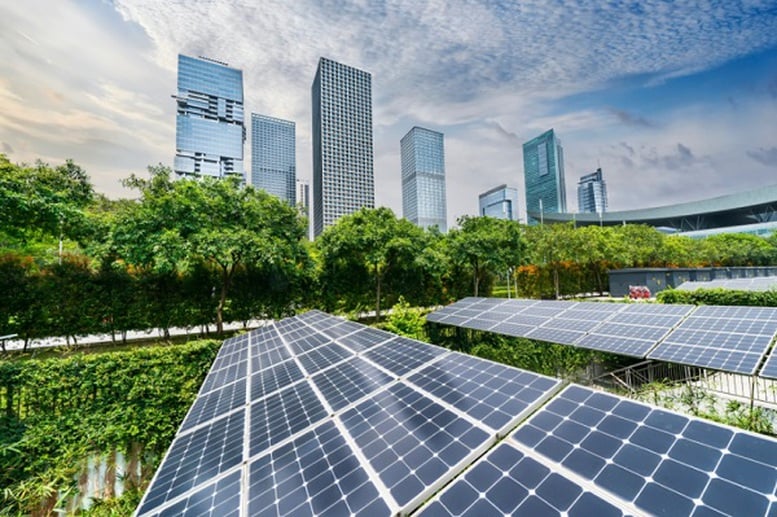
Green growth is the inevitable choice, a global trend.
Currently, green development policies still face many obstacles: incentives are not synchronized, domestic technology is outdated, human resources are limited and coordination between the State - institutes - enterprises is not effective. These factors reduce the ability of enterprises to receive and deploy new technology.
Therefore, building an innovation ecosystem based on scientific and technological breakthroughs and substantive cooperation among the "three houses" becomes urgent. When the research - incubation - demonstration - market chain is seamlessly connected, the capacity for new technological innovation becomes the competitive strength of the green economy. However, the biggest bottleneck at present is still the transfer stage.
Some experts believe that it is necessary to shift from the mindset of "technology transfer" to "ordering". Accordingly, localities propose problems, institutes research solutions, and businesses deploy and expand. In reality, many technologies are available, but the lack of ordering mechanisms, lack of testing space (sandbox) and fear of risk make parties reluctant to cooperate.
Some experimental models such as WoodID or the P-Coin green credit of the Posts and Telecommunications Institute of Technology show that when there is a suitable sandbox space, initiatives can quickly create impact and spread to the community.
This highlights the need for flexible testing mechanisms that allow new technologies to be tested and refined before they reach the market. Universities highlight two key elements to closing the technology gap: open testing institutions and training of green-digital human resources in areas such as carbon capture, energy storage or data-driven resource management.
Practical experience from smart agriculture, ecological urban areas to circular economy shows that to create change, it is necessary to switch to the ordering - sandbox - post-audit model; at the same time, form a local green transformation fund linked to green credit and international capital. The "triple-party" linkage must be implemented in a project chain, sharing risks and benefits transparently and training human resources right in the community.
This content was also emphasized at the fourth P4G Summit held in Hanoi. Minister of Science and Technology Nguyen Manh Hung affirmed that green transformation is a long journey. Therefore, it is necessary to create a comprehensive green ecosystem including institutions, infrastructure, human resources, technology, data and green culture.
From this orientation, the Ministry of Science and Technology has identified five strategic breakthrough groups: institutions; foundational technology; standards - measurement - quality; green innovation ecosystem and human resources; international cooperation. In which, the standards - measurement - quality system is the foundation for green transformation to operate substantially.
Green transformation is not only a solution to respond to climate change, but also an inevitable direction to increase competitiveness and ensure long-term development security.
The Law on Science, Technology and Innovation for the first time includes "green transformation" and "circular economy" as national strategic goals.
In the coming time, the Ministry of Science and Technology will coordinate with ministries, branches and localities to implement the law towards developing the technology market, carbon market and improving the technology absorption capacity of enterprises.
Source: https://mst.gov.vn/khoa-hoc-va-cong-nghe-giu-vai-tro-then-chot-trong-chien-luoc-tang-truong-xanh-197251116161119647.htm



![[Photo] General Secretary To Lam and National Assembly Chairman Tran Thanh Man attend the 80th Anniversary of the Traditional Day of the Vietnamese Inspection Sector](https://vphoto.vietnam.vn/thumb/1200x675/vietnam/resource/IMAGE/2025/11/17/1763356362984_a2-bnd-7940-3561-jpg.webp)






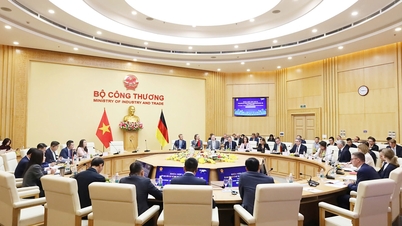












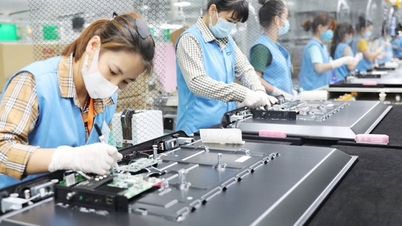

















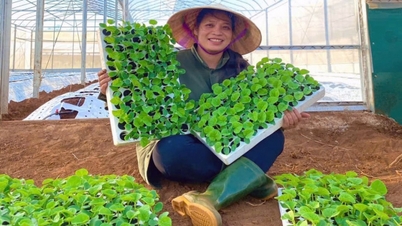





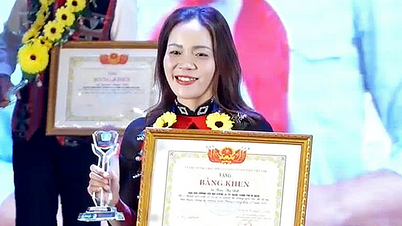










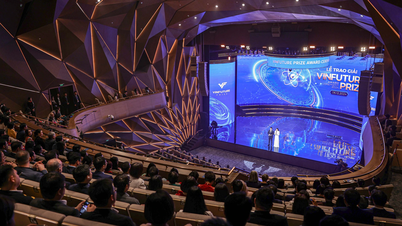


















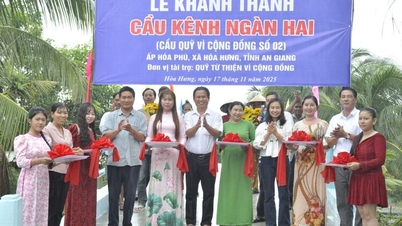
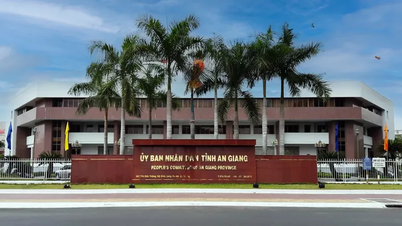


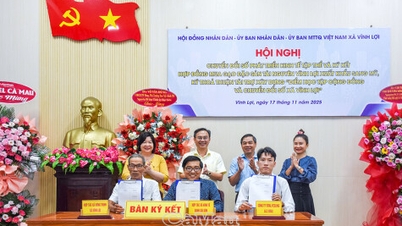
















Comment (0)